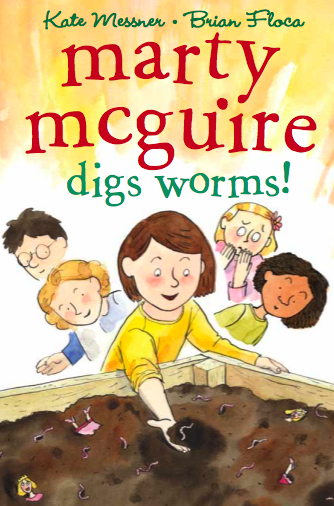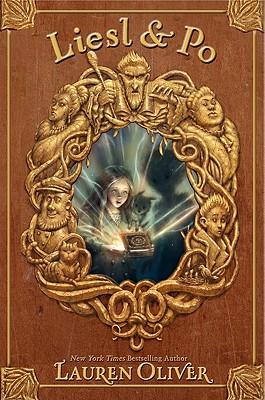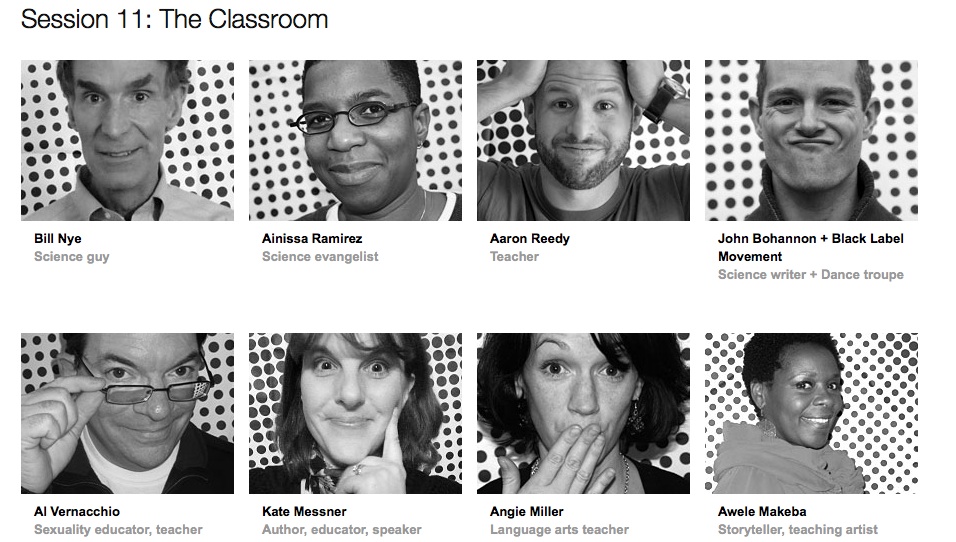At the gym where I’ve been taking a morning fitness class lately, there’s a racquetball court with big windows that I pass on my way out. Sometimes, I’ll see people hitting a ball around in there, but mostly, it’s empty in the morning. Yesterday, though, there was a man – maybe about fifty years old – doing tricks with a red and white striped hula hoop.
I stopped to watch. He twirled it on one arm, moving it smoothly from his shoulder to his hand and back again. He tossed it up and caught it. He did the same thing on the other arm. More hula hoops leaned against the wall – five or six, all striped in bright red and white, and different sizes.
I looked back at the two women at the reception desk. Did they know there was a man playing with hula hoops on the racquetball court? One of them smiled at me. She did. “That’s Simon, the juggler,” she said, then added, “That’s not all he does. It’s his dream job.”
The other woman nodded. “He practices every day.”
They went back to their paperwork, and I went back to watching Simon. He was facing the other way, toward a plain white wall streaked with racquetball smudges, but he performed for it as if it were a circus crowd of thousands. The hula hoop rolled off one of his outstretched hands, down his arm, over his neck, down the other arm, and into his other hand. I stayed back from the glass, quiet, so I wouldn’t disturb him. But inside, I was applauding wildly, even after I left Simon to his practice and stepped out into the cold January air.
I wondered what his other job was. Was he going to work in an office cubicle after this? Would he pack up his hula hoops and head to a law firm, or hospital operating room, or the post office? It didn’t matter – not really. He’d made a choice to practice what he loved. And what a gift.
I spent last weekend at a writing retreat in Vermont, surrounded by creative people who are doing what they love. It was a wonderful, spirit-filling weekend. There were readings and hours of quiet writing, hot fudge sundaes with gummy bears on top, and a raging bonfire, too.
There were quiet conversations about this work that we love – our joys, our worries, and our fears that surround it. And oh, do we have those.
But today, I thought, heading home from the gym to my writing room, I’d worry a little less about how the pieces of this mystery are or aren’t coming together. I’d let the words roll down my arms like colored hoops, and I’d appreciate this time to practice work that I love.
Today, I wanted to write like Simon.












